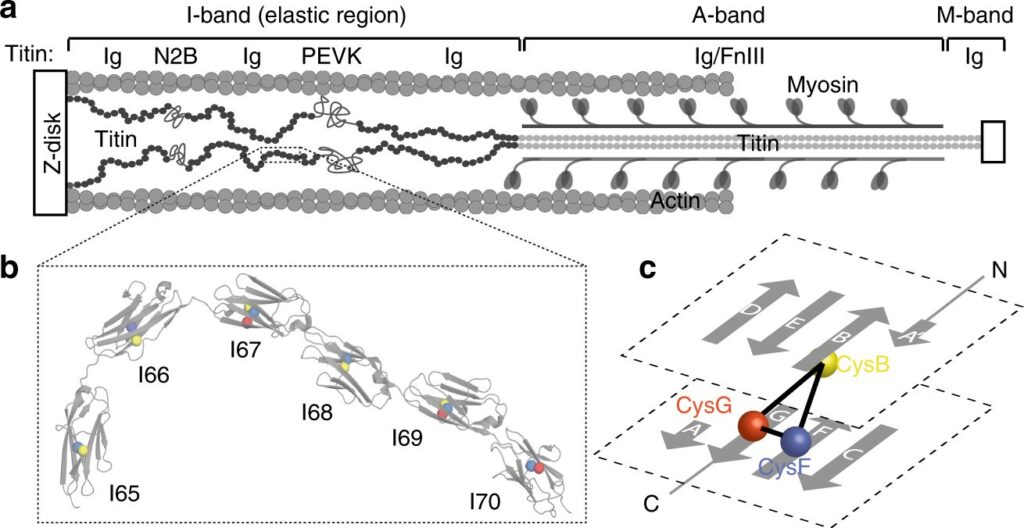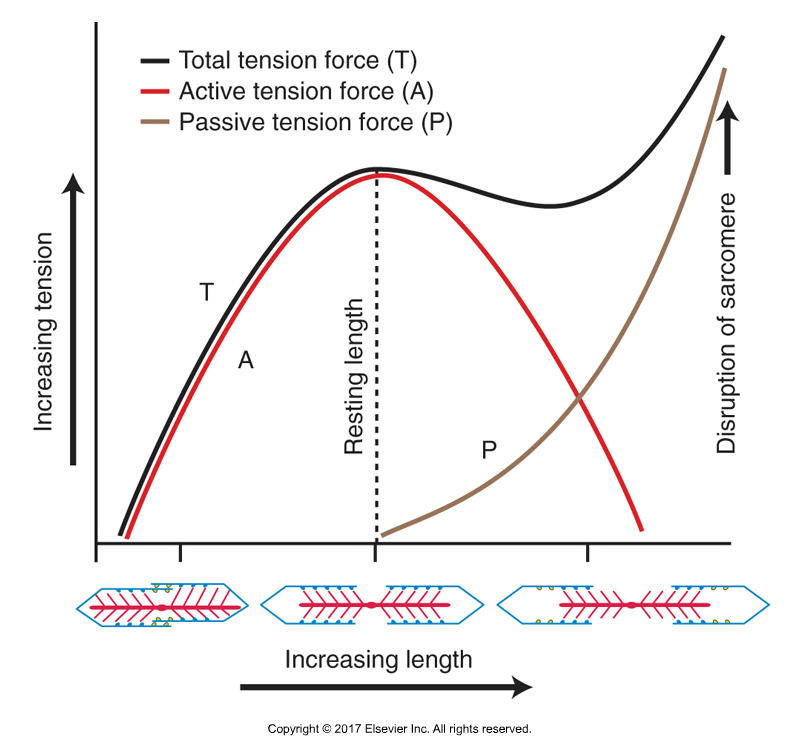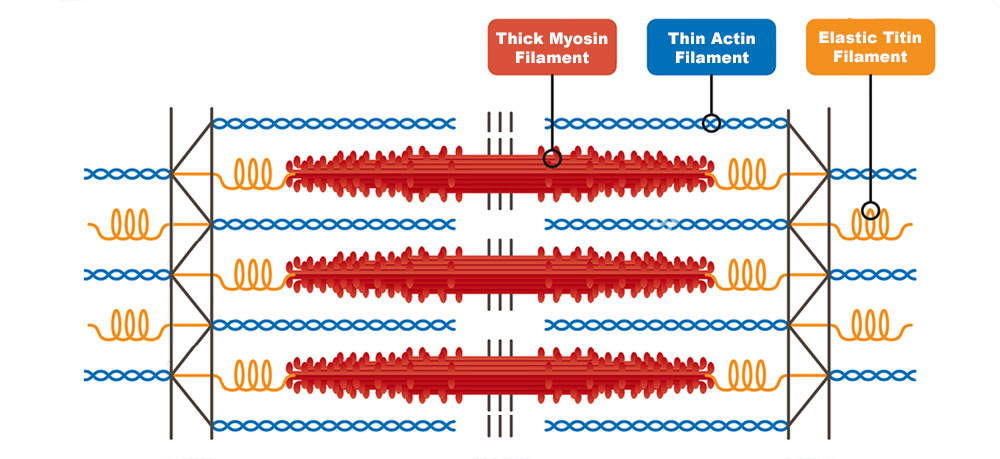Wait until you see the gold in this study. Competitive powerlifters with an average bench press of 143kg were allowed to bring in trusted lift buddies to spot them and had referees issue the lifting commands. They warmed up to 95% of 1RM and then used the performance of those sets to pick their test attempts. It sounds like these researchers wanted to be sure their results were applicable outside of an academic setting. All hail Wilson et al.
Key Points
- Pause the first rep on sets at 80% and above, and do the rest touch & go (no bouncing!)
- A 3s pause will give you most of the benefits of long pauses and is more convenient than using pins
- Lift from pins for pure concentric training (active tension only)
- Try clapping push-ups
Medicine and Science in Sports and Exercise: March 1991 – Volume 23 – Issue 3 – p 364-370
WILSON, GREGORY J.; ELLIOTT, BRUCE C.; WOOD, GRAEME A.
The effect on performance of imposing a delay during a stretch-shorten cycle movement
This one is a little bit old but what was true then is still true today. Since then, we’ve changed the terminology to better reflect what’s happening at a molecular level. We’ve also characterized the behavior of some important molecular machinery. Let me first tell you what Wilson et al. did, then I’ll tell you a little about what’s new after introducing the study.
Study Purpose
Muscle movement during regular human activities often begins with eccentric muscle activity (i.e., stretching or lengthening) followed by concentric muscle activity (i.e., shortening). The grouping of eccentric and concentric actions into one movement is known as the stretch-shorten cycle (SSC). Walking, running, jumping, throwing, and many more human activities use stretch-shorten cycles.
An interesting observation about the SSC is that concentric force is enhanced when an eccentric action precedes it. The SSC can also increase movement efficiency in terms of energy cost. These observations have stimulated considerable research to explore what’s going on and understand why. The leading theory was that eccentric motion under load transfers strain energy into elastic components of the musculature, which is released at the start of the concentric phase of the cycle. This theory is still viewed today as the most probable explanation.
Several research groups had also investigated the effect of interrupting the SSC with a pause and found diminished force on the concentric phase. Wilson et al. wanted to quantify the force gained by the SSC and model the loss over time when interrupting the SSC. They chose to investigate these questions using the bench press.
Methods
Participants & Procedure
Twelve actively lifting males were recruited to participate. They performed four bench press variations:
- RBP: Touch-and-go
- SPBP: Short pause / competition standard pause
- LPBP: Long pause / 2x competition pause
- PCBP: Pure concentric pin press
After a warmup, they started with 95% on the touch-and-go bench press because that was a number they could reliably lift, and they were most familiar with this variation. The test subjects could also make slight adjustments to the weight depending on their strength levels on test day. The following three lifts were randomized and performed with 95% of respective 1RMs.
The test subjects were instructed to lift with as much force as possible. To make the environment as permitting as possible for the expression of maximum strength, each subject invited two lift buddies to accompany them. One buddy did the spotting, and another offered verbal encouragement.
The duration of the pauses was determined by experienced powerlifting officials who issued the commands. The short pause was a standard competition pause, and the long pause was twice the duration.
Pause durations were later quantified by time-stamped video and frame-by-frame analysis. Trials deviating from competition rules were repeated.
Data Collection
The authors used a force plate under the bench to measure ground reaction forces with a 1kHz sampling rate. High-speed cameras filmed the trials at 100fps. Before the trials, a rectangular grid was filmed for later analysis of position data. An electronic clock with 0.02s intervals was placed in view of the camera to time stamp the frames. Finally, a strobe light at 200Hz was used to synchronize the force data with positional data.
Findings
Only the initial portion of the concentric motion in the SSC has been reported to show force enhancement. The force-time profile illustrates the first 300 milliseconds differ significantly between the RBP and other conditions. After this time, all conditions appear to differ little and covary.

The authors quantified the benefits of the SSC by creating a ratio of impulses during only the initial portion of the lift where the force-time curves significantly differed. Recall that impulse is defined as force x time and measures the change in momentum. This metric was chosen because of the nature of the problem, which is essentially a momentum problem. The barbell needs enough momentum to pass through the sticking point in a max attempt. The results are summarized in table 1.
| BP Variation | Avg (kg) | SSC Gain | Overall Gain |
| RBP | 143.1 | 18.7% | 14.4% |
| SPBP (0.60s) | 137.3 | 11.7% | 9.8% |
| LPBP (1.27s) | 132.9 | 6.6% | 6.3% |
| PCBP | 125.0 | 0% | 0% |
The average pause durations for the SPBP and LPBP conditions were 0.60s and 1.27s, respectively. The authors further determined that 51.4% of the variance in augmentation from the SSC between the RBP, SPBP, and LPBP conditions was explained by pause duration alone.
A mathematical model consistent with the data–and prior research on squats as well as isolated muscle– quantifying the impulse vs. pause duration is as follows:
f(t) = 100 + 18.5011 e-0.7973t
With an infinite pause time, the equation reduces to 100–the baseline percent of the concentric-only impulse. In practice, the equation approaches 100 whenever the pause is sufficiently long.
Conclusion
Based on this equation, the SSC augmentation reduces by approximately 55% after a 1s pause. This significantly reduces the 18.7% increase in initial impulse the SSC provides. The authors advise that lifters must react quickly to the lift command to minimize pause duration and maximize bench press performance. When designing training programs, the following table can serve as a guide.
| Pause Duration | SSC Reduction |
| 1s | 55% |
| 1.5s | 70% |
| 4s | 99% |
Modern Research Supplement
Today we differentiate muscle force, or tension, into two types: active and passive. Active tension derives from temporary bonds formed inside muscles, and passive tension results from strain energy stored in elastic components of the muscles. One such elastic component is titin. It’s the largest protein known to science and it functions as a molecular spring inside the muscle.
Begin: Optional Detail
For the curious, if you want to know how titin functions as a spring check out the rectangular region b in the following diagram. For the record, and in the tradition of changing the terminology to better reflect what’s going on, I propose we say titin behaves as a molecular rubber band instead of a molecular spring. The polymer behavior inside rubber bands more closely matches the behavior seen here as compared to springs.

See those repeating substructures, numbered 165-170? The flat regions of each substructure stick to each other a bit like magnetic Velcro. Pull on each end of the protein and the substructures will peel apart. But they’d gladly snap back into place if they had the chance*. The harder you pull, the more of them come apart. Now go back to diagram a. See those coiled regions adjacent to the zoomed region we were just looking at? Those are another set of substructures that act like springs with an even stronger spring constant. Those only kick in once all of the weaker ones in region b have unfolded.
*Even deeper down the rabbit hole –> Try the rubber band experiment (linked above) for yourself. It demonstrates the concept of entropic force and is really cool if/when you think about it. Normally, the internal energy of a system moves spontaneously only downhill, not uphill. Anyway…
End: Optional Detail
At any one point in time, the total tension of a muscle is the sum of active and passive contributions.

Let’s look at the relevant structures inside a typical skeletal muscle fiber. Muscle fibers consist of repeating elements called sarcomeres. Suppose you know how one sarcomere functions, then you know how all of them function. So imagine what happens in one simultaneously repeating all up and down the muscle.

Actin and myosin form temporary bridges across the gap between them. We call this process “cross bridging”. When a molecule of ATP binds to the bridge, the shape of the bridge changes (creatine phosphate—or PCr—is later used to regenerate ATP after it gets kicked off the bridge), causing actin and myosin to slide a little bit past each other (sliding filament theory). Repeat this bridging+ATP on a larger scale and the sarcomere contracts. In fact, all the sarcomeres in a muscle fiber contract, which ultimately causes the muscle to shorten. Need to see it in action? Here’s a 2-minute animation.
At longer muscle lengths, there is less overlap between actin and myosin, reducing available cross bridging and active force potential. At the same time, passive force potential grows exponentially as the muscle lengthens and it eventually becomes the dominant contributor to the total force.
If you’re following this so far, stretched muscles can produce large amounts of force with minimal energy expenditure (note that only active force requires ATP). This is what initially made the SSC so interesting. It provides a boost in force and increases movement efficiency (in terms of energy cost).
Take Away Points
Pause the first rep on sets at 80% and above, and do the rest touch & go (no bouncing!)
Prior research has shown that full motor unit recruitment in the bench press is achieved at 80-85% 1RM. Once at full recruitment, we can assume that any stimulus to the elastic components of the muscle will similarly involve all motor units. You definitely want to train passive force. As we’ve seen, it significantly contributes to initial momentum and passing the sticking point. So do a competition pause on the first rep to reinforce that, then touch and go for the rest of the set. Pausing all reps will train something different. Also, don’t bounce! That completely defeats the purpose.
Try 3s pauses
Since passive tension decays exponentially during the pause, a 3s pause is probably long enough. You could wait the extra second to remove any passive tension, but the difference would be marginal. You can also pause the first rep for 3s, 2s the next rep, 1s, and finally touch and go for any remaining reps. This will vary the amount of passive tension across the set in case there is some ideal stimulus we need to target. These sets would be done under 80% to account for diminished strength when interrupting the SSC.
Lift from pins for pure active tension
If you want to isolate and train specifically active tension at the start, try presses from pins at chest level. However, you can probably accomplish the same effect by simply using long pauses. Use pins instead for targeting something else. For example, you could use pins to target specific positions in the range of motion that need development. What position? How about just after those first crucial 300 milliseconds. At that point, you’re relying on active tension only, and the bar is probably near the entry to the sticking region.
Bonus
Try clapping push-ups without pauses. You’ll get full motor recruitment in the acceleration phase and augmented eccentrics in the landing phase. Those are two of the ten ways strength can increase strength. You’ll also get a bit of practice executing your pressing while maintaining full-body stiffness.
Discussion
How do you conclude from the study/data that you should TnG all sets above 80% except for the first rep? I’ve always done a competition pause for all my reps unless specifically doing TnG.
Pauses will lower your training weight depending on how long you pause. Pausing all reps typically brings your working weight down below 80% 1RM. Go ahead and pause lighter weight sets. It’s a good way to deload, and it helps develop a sense of technical mastery over the lift. At 85% and 90%, you’ll have a harder time pausing all reps and we do want good exposure to these weights.
When and how would you use pins?
I’d use them mainly for improving bar and body positioning. For example, find out exactly where on the chest it is easiest to lift off from and consistently aim for that spot any time you bench. You can also set the pins up into the sticking region and dial in your positioning there. You’ll see the importance of getting your elbows in the right place under the bar and the difference retracted scapula make. One caution about using pins though is that there are some indications that work with pins is more difficult to recover from. If you’re worried about that, try 2s pauses in the sticking region on the way up with an explosive finish.
Are bands useful in any way here?
Bands may help to increase eccentric velocity, which has been shown to increase overall tension when the rebound is rapid. More about this in another review. If you train with a velocity tracker like the VelosID, try comparing reps with a slow eccentric to concentric turnaround vs a fast turnaround. You should see an increase in concentric velocity with the faster turnaround (do not bounce the bar off your body in any way).
Alternatively, try the speed bench. It’s in the shoulders folder by default and the main feature is a rapid turnaround at the chest (no bouncing).